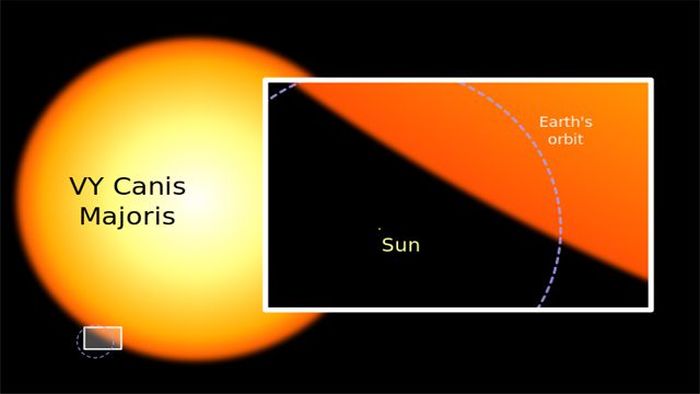|
|
Exploring Astronomy Photography Of Outer Space Universe
|
The relative fractions of different chemical elements — particularly the lightest atoms such as hydrogen, deuterium and helium — seem to be identical throughout the universe and throughout its observable history. The universe seems to have much more matter than antimatter, an asymmetry possibly related to the observations of CP violation. The universe appears to have no net electric charge, and therefore gravity appears to be the dominant interaction on cosmological length scales. The universe also appears to have neither net momentum nor angular momentum. The absence of net charge and momentum would follow from accepted physical laws (Gauss's law and the non-divergence of the stress-energy-momentum pseudotensor, respectively), if the universe were finite.
The universe appears to have a smooth space-time continuum consisting of three spatial dimensions and one temporal (time) dimension. On the average, space is observed to be very nearly flat (close to zero curvature), meaning that Euclidean geometry is experimentally true with high accuracy throughout most of the Universe. Spacetime also appears to have a simply connected topology, at least on the length-scale of the observable universe. However, present observations cannot exclude the possibilities that the universe has more dimensions and that its spacetime may have a multiply connected global topology, in analogy with the cylindrical or toroidal topologies of two-dimensional spaces.
The universe appears to behave in a manner that regularly follows a set of physical laws and physical constants. According to the prevailing Standard Model of physics, all matter is composed of three generations of leptons and quarks, both of which are fermions. These elementary particles interact via at most three fundamental interactions: the electroweak interaction which includes electromagnetism and the weak nuclear force; the strong nuclear force described by quantum chromodynamics; and gravity, which is best described at present by general relativity. The first two interactions can be described by renormalized quantum field theory, and are mediated by gauge bosons that correspond to a particular type of gauge symmetry. A renormalized quantum field theory of general relativity has not yet been achieved, although various forms of string theory seem promising. The theory of special relativity is believed to hold throughout the universe, provided that the spatial and temporal length scales are sufficiently short; otherwise, the more general theory of general relativity must be applied. There is no explanation for the particular values that physical constants appear to have throughout our universe, such as Planck's constant h or the gravitational constant G. Several conservation laws have been identified, such as the conservation of charge, momentum, angular momentum and energy; in many cases, these conservation laws can be related to symmetries or mathematical identities.
|
|









